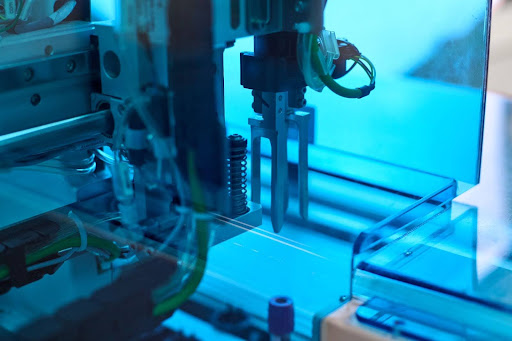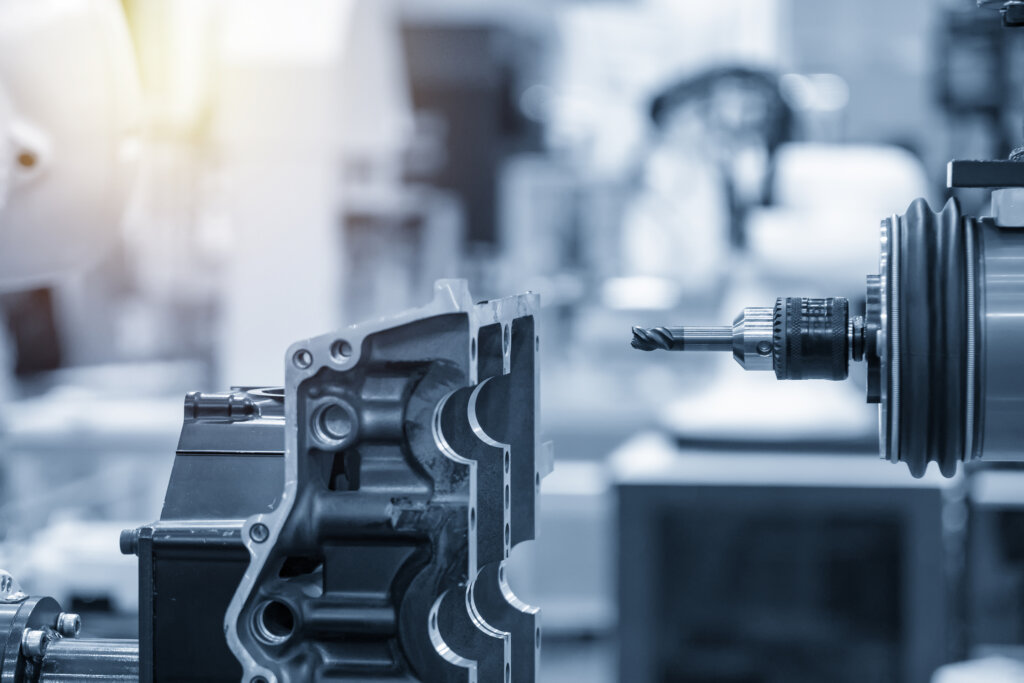
Revolutionise your projects with these cutting-edge Injection Moulding part design techniques
Blog
Revolutionise your projects with these cutting-edge Injection Moulding part design techniques
Injection moulding is a widely adopted manufacturing process that involves injecting molten material into a mould cavity to create intricate and precise components. To stay ahead in the competitive landscape of product development, it is essential to leverage cutting-edge part design techniques that can revolutionise your projects and enhance overall efficiency. Here are some innovative approaches to Injection Moulding Part Design Injection Moulding Part Design that can significantly impact the success of your projects:
A brief background on the injection moulding process
Injection moulding uses thermoplastic polymers that are heated until a viscous liquid, then shot into mould tools at high pressure. The polymer cools and solidifies into the final part geometry.
Features like drafted walls, uniform thicknesses, and radius edges ensure proper flow and dimensional accuracy. The flexibility of injection moulding allows intricate components to be moulded with precision unattainable by other processes.
Benefits of injection moulding for part production
Injection moulding offers many advantages over other manufacturing techniques such as:
- Plastic parts can be injection moulded with tight tolerances of ±0.005 in
- Finely detailed moulded features resolve down to 0.001 in. or less
- Injection-moulded thermoplastics provide mechanical flexibility, electrical insulation, weight savings, corrosion resistance, and part consolidation compared to metal components
- High initial tooling costs are offset by low production costs, making injection moulding economical for large production volumes
Key design considerations for injection moulding
1. Wall thickness
Varying wall thickness can lead to inconsistent shrinkage, sink marks, voids, and warpage. Uniform thicknesses allow for proper packing out of material and dimensional stability. General guidelines are:
- Ribs: Minimum 0.8–1 mm thickness
- Solid walls: minimum 1.5–2.5 mm thickness
2. Draft angles
Moulded parts require draft angles between 1 and 5° on vertical surfaces to allow demolding of the component. Lack of draft causes parts to stick to the tool. An excessive draft angle can affect dimensions.
3. Radii and fillets
All internal corners should have a radius of at least 0.25 mm. This strengthens edges and reduces stress cracking. Gross fillets on outside edges distribute stresses without significantly impacting appearance.
4. Uniform wall thickness
Consistent wall thickness enables the polymer material to flow evenly during injection and solidify uniformly. This minimises sinks, voids, and warpage in the cooled part.
5. Avoiding sinks and voids
Proper venting in the mould tool allows trapped gases to escape the material as it flows into the cavity details. Insufficient venting causes defects like bubbles, pockmarks, and pits on the moulded part surface.

Advanced injection moulding design techniques
1. Gas-assisted injection moulding
Injecting inert gases like nitrogen allows hollow, lightweight-moulded parts to be created. The gas applies interior pressure to push the plastic to all mould details, enabling the production of dimensionally accurate, complex geometries. Parts are 40–60% lighter than solid plastic versions.
2. Overmoulding
Multi-shot injection moulding produces composite, multi-material components with rubberised grip zones or protective bumpers moulded over rigid plastic substrates. Different durometers and colours compound into a single functional assembly.
3. Insert moulding
Foreign inserts like metal threads, electrical connectors, or fibreglass reinforcing rods can be placed in the mould cavity before injection. Plastic material moulded around the insert creates a composite part, integrating dissimilar materials into one moulded nett shape.
4. Thermoset injection moulding
While traditional injection moulding uses thermoplastic polymers, engineered thermosets are also candidates for injection moulding processes like reaction injection moulding (RIM). Thermoset materials provide high heat resistance above typical melting point thermoplastics.
5. Metal injection moulding (MIM)
Tiny metal powders combine with binder material and then get injected into mould tools. After solvent debinding and sintering, the finished MIM part retains 85–95% density, similar to wrought metals. Intricate shapes like gears and medical instruments are produced via MIM.
Software tools for injection moulding design
1. CAD software
Embrace the latest advancements in Computer-Aided Design (CAD) software to create intricate and highly detailed 3D models of your components. This allows for a more precise visualisation of the final product, enabling you to identify potential design flaws and optimise the geometry for improved manufacturability. Special CAD packages offer extensive toolkits catered to injection moulding and plastic part design. Capabilities include draft analysis, automatic radius/fillet insertion, and specialised simulation add-ins.
2. Injection moulding simulation software
ICEM, Moldex 3D, and Sigma Plastic are a few examples of software that can simulate flow, shrinkage, warpage, cooling channel effectiveness, and identify hotspots in moulds before ever producing a prototype. Virtual analysis optimises mould tooling designs.
3. AI-powered design optimisation
Emerging AI technologies are being integrated into injection moulding design software to enable autonomous optimization of plastic part geometries and mould tooling for improved performance, quality, and manufacturability. By leveraging machine learning and neural networks, AI systems can explore wide design spaces and quickly converge on near-optimal solutions that balance the complex trade-offs involved in injection moulding processes. This removes much of the manual trial-and-error in arriving at robust, producible designs.
The future of injection moulding design
The future of injection moulding design promises a transformative landscape shaped by advanced materials, Industry 4.0 integration, and cutting-edge technologies. Innovations in materials, including high-performance polymers and smart materials, will expand design possibilities. The injection moulding industry is set to embrace Industry 4.0 principles, incorporating IoT devices, real-time monitoring, and AI for process optimisation and predictive maintenance. AI and machine learning will play a pivotal role in predictive modelling, while generative design tools will facilitate the creation of optimised and innovative part designs. Seamless integration of 3D printing and injection moulding, a focus on sustainability, and the pursuit of rapid prototyping and iterative design processes are also key trends, promising a future where injection moulding design is not only efficient but also highly adaptable to evolving market demands.
In conclusion
In conclusion, embracing these cutting-edge Injection Moulding Part Design techniques has the potential to revolutionise your projects and elevate your manufacturing capabilities to new heights. The convergence of advanced CAD software, topology optimisation, simulation tools, and innovative materials opens doors to unprecedented possibilities in terms of precision, efficiency, and product performance.
The integration of smart technologies, sustainability considerations, and the foresight to adapt to evolving industry trends ensure that your projects not only meet but exceed the expectations of a dynamic market. By staying at the forefront of injection moulding innovation, you position yourself to not just keep up with industry advancements, but to lead the way in delivering groundbreaking, high-quality products that define the future of manufacturing.
Book your free consultation
Give us a call to book your free consultation and learn how much value can be added to your business with SDI Plastics by your side.